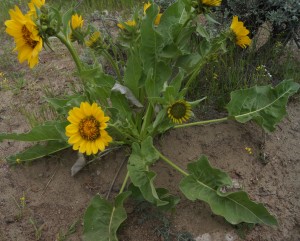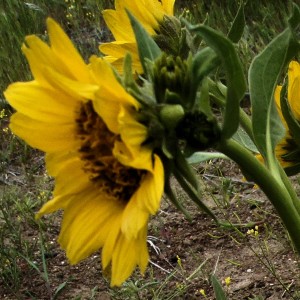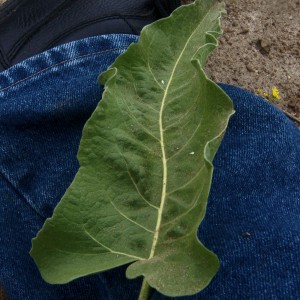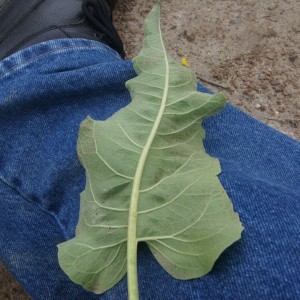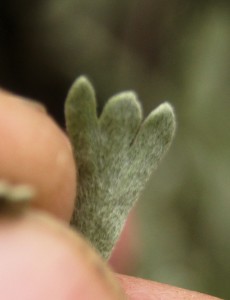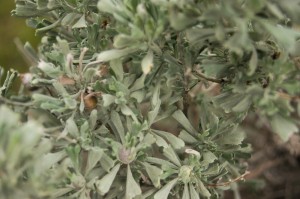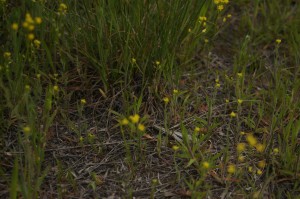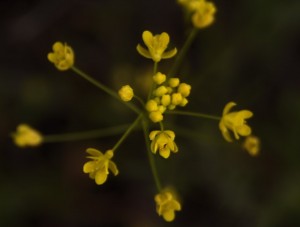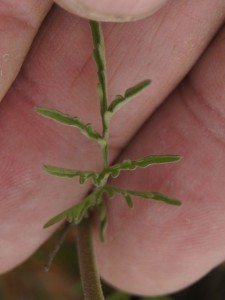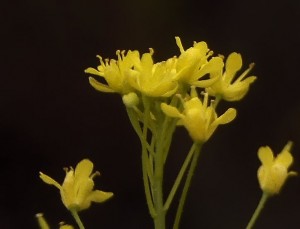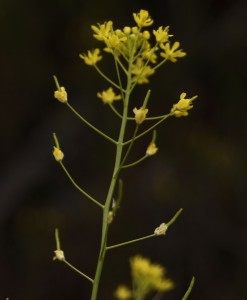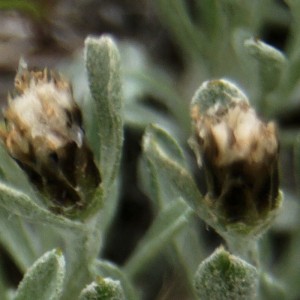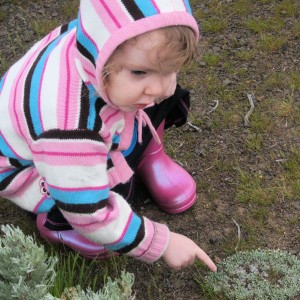Did you know that the Patuxent Research Refuge is the home to several types of hybrid oaks? Read on to learn more.
 The oak-rich Patuxent Research Refuge has 16 native oak species, one naturalized exotic oak species, and at least ten types of trees that are regarded as oak hybrids. The reason so many oaks species call the Refuge their home is due to the Refuge location near the Fall Line between the Coastal Plain and the Piedmont and at the same time, it is at a crossroads between northern and southern species of oak.
The oak-rich Patuxent Research Refuge has 16 native oak species, one naturalized exotic oak species, and at least ten types of trees that are regarded as oak hybrids. The reason so many oaks species call the Refuge their home is due to the Refuge location near the Fall Line between the Coastal Plain and the Piedmont and at the same time, it is at a crossroads between northern and southern species of oak.
In North America, there are two basic groups or sections of oak species, the red oaks and white oaks. An easy way to tell them apart is determine whether or not there are bristles at end of the lobes of the leaves. Red oaks have bristles while white oaks do not. When considering hybrid oaks, it is important to distinguish between these two groups of oaks because red oak species will cross only with other red oak species and white oak species will cross only with other white oak species.
Hybrid oaks may be found anywhere two parent species are found. However, the Refuge seems to have more than its share of hybrids when compared to other areas, with at least ten types of hybrids identified so far on the Refuge. Undoubtedly, there are other types of hybrids on the Refuge which have not yet been identified. The reason for the richness of hybrid oaks on the Refuge is probably due to the influence of human activity.
Under normal conditions, there are barriers against hybridization. These include pollination timing, closeness to other trees of the same species, and the rejection of “foreign” pollen by the female (pistillate) flowers. While hybridization occurs naturally, many of these barriers can be easily broken down and the process accelerated because of human disturbance. This phenomenon is easily observed on the Refuge due to the Refuge’s long history of farming, logging, and more recently, military training. These activities have contributed to an increased number of opportunities for individual trees to become isolated and marginalized from others of their own species. When this happens, these isolated trees are overwhelmed with pollen from nearby trees of a closely related species – under normal circumstances they would not readily cross. It is interesting to note that this means the mother tree of the hybrid can generally be assumed to be the tree that was isolated from others of its species.

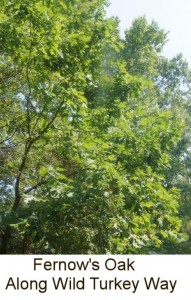
There are several young Fernow’s Oak (Quercus ×fernowii) trees at one location along Wild Turkey Way. (The Fernow’s Oak is the hybrid between the Post Oak (Quercus stellata) and the Common White Oak (Quercus alba.)) Here, a mature Post Oak which found itself isolated from other Post Oaks but surrounded by a large number of Common White Oaks. As a result, the pollen from the surrounding Common White Oaks fertilized the female flowers of the mother Post Oak and the progeny of this tree are found nearby. As with most other hybrid oaks, mature Fernow’s Oak can produce viable acorns. However, none have been noted here yet.

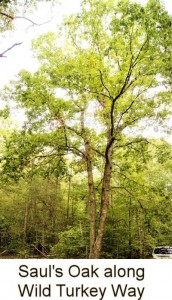
Another easily observed and notable hybrid specimen is a Saul’s Oak tree located along Wild Turkey Way near Snowden Cemetery. The Saul’s Oak (Quercus ×saulii, a cross between the Common White Oak and the Chestnut Oak (Quercus prinus.)) This particular tree is a known prolific acorn producer. The mother tree is probably a Chestnut Oak based on the fact that there are a large number of Common White Oaks at this location.
You can see a short article on Saul’s Oak on the refuge by clicking here.
Sometimes it is difficult, if not almost impossible, to determine the parentage of some individual trees which appear to be hybrids. These trees may clearly exhibit some, but not all, of the characteristics of one parent species, but not the other. There are several trees on the Refuge that fall into this category. It might be possible to clear this up by DNA testing.
Then there is the process called introgression or hybrid swarming. This happens when a viable hybrid will backcross with one or another of the parent species creating progeny that are not clearly intermediate between the two parents. The observer is forced to speculate on the parentage of the tree based on what species of trees are located nearby. If backcrossing with the parents, other hybrids, and backcrossed trees continues, trees exhibiting a highly variable range of characteristics between the two parents can result. There is evidence that this is also happening on the Refuge.
Finally, it is possible for hybrids to cross with a third species or even hybrids from different sets of parents to cross with each other. The resulting individual trees have three or more “parents.” This is not yet known to happen on the Refuge, but has been well documented as happening in other locations like California.
If there is interest, the Refuge may schedule a walk focusing on oak hybrids in the future.
PATUXENT RESEARCH REFUGE OAKS –
Hybrids –
Bush’s Oak – Quercus ×bushii [marilandica × velutina] –
Fernouw’s Oak- Quercus ×fernowii [alba × stellata] –
Bartram’s Oak – Quercus ×heterophylla [phellos × rubra] –
A hybrid oak – Quercus xhumidicola
A hybrid oak – Quercus ×incomita [falcata × marilandica] –
Jack’s oak – Quercus xjackiana
Saul’s Oak – Quercus ×saulii [alba × montana] –
Subfalcate Oak – Quercus ×subfalcata [falcata × phellos] –
Willdenow’s Oak – Quercus ×willdenowiana [falcata × velutina]
Native Red Oaks –
Scarlet Oak – Quercus coccinea
Southern Red Oak – Quercus falcata
Bear Oak – Quercus ilicifolia
Shingle Oak – Quercus imbricaria
Blackjack Oak – Quercus marilandica
Pin Oak – Quercus palustris
Willow Oak – Quercus phellos
Northern Red Oak – Quercus rubra
Black Oak – Quercus velutina
Native White Oaks –
Common White Oak – Quercus alba
Swamp White Oak – Quercus bicolor
Overcup Oak – Quercus lyrata
Swamp Chestnut Oak – Quercus michauxii
Chestnut Oak – Quercus montana
Dwarf Chinkipin Oak – Quercus prinoides
Post Oak – Quercus stellata
Naturalized Exotic Oak –
Sawtooth Oak – Quercus acutissima
Planted Not Established Exotic Oak –
Bur Oak – Quercus macrocarpa
 This afternoon, I took a quick jaunt out to Lake Allen to take some pictures of the Eastern Prickly Pear, a type of cactus that is found on the Refuge. Its scientific name is Opuntia cespitosa Raf. Its natural range is primarily west of the Appalachians and east of the Mississippi. However, there are scattered populations of this species along the Atlantic Seaboard from New England to Georgia.
This afternoon, I took a quick jaunt out to Lake Allen to take some pictures of the Eastern Prickly Pear, a type of cactus that is found on the Refuge. Its scientific name is Opuntia cespitosa Raf. Its natural range is primarily west of the Appalachians and east of the Mississippi. However, there are scattered populations of this species along the Atlantic Seaboard from New England to Georgia.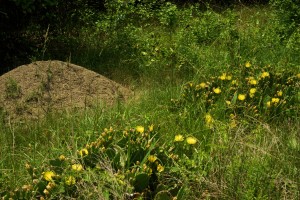
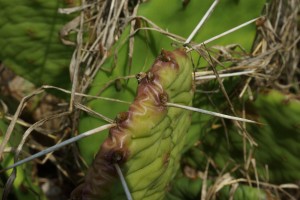 The fruit of the Opuntia cespitosa is edible, and can stay on the plant until the next spring. Here on the refuge, it blooms from late May to mid-June.
The fruit of the Opuntia cespitosa is edible, and can stay on the plant until the next spring. Here on the refuge, it blooms from late May to mid-June.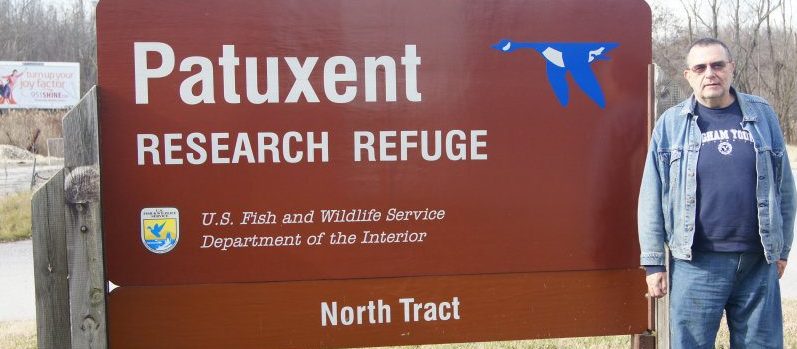

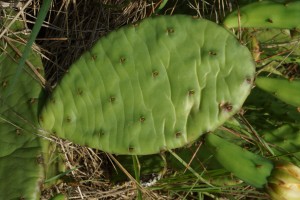
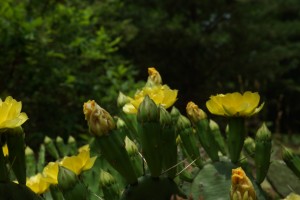
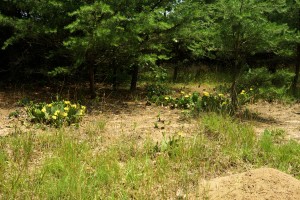
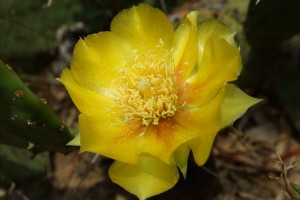
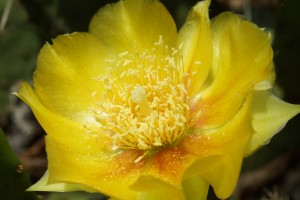
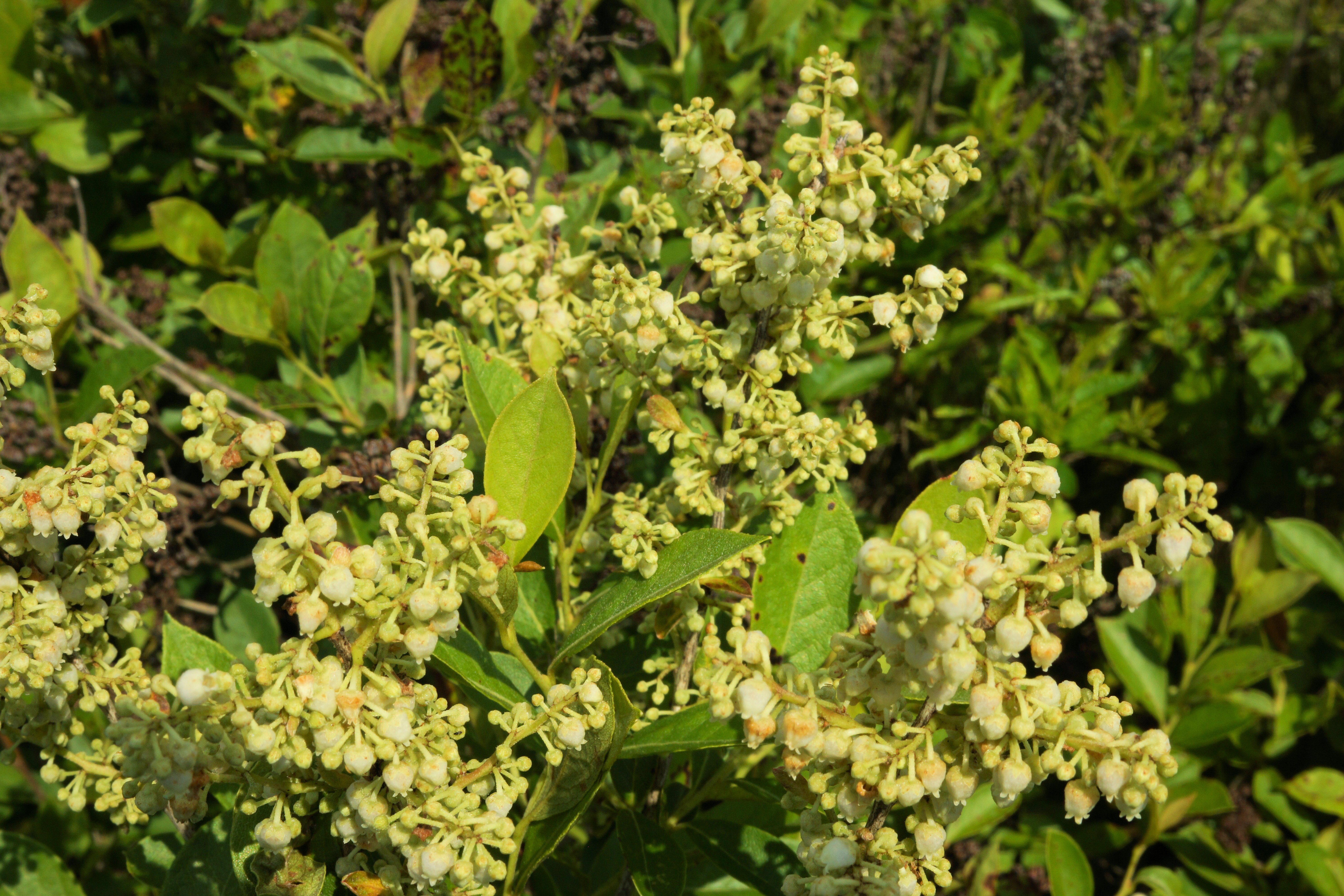



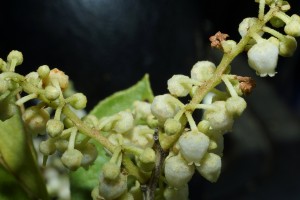

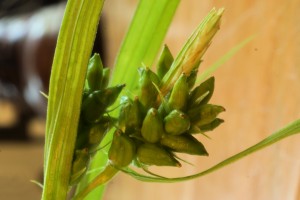
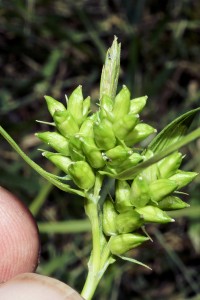
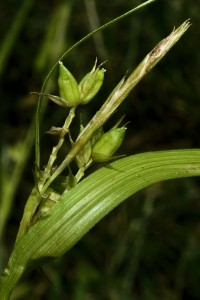
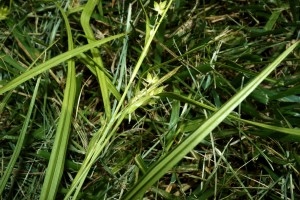
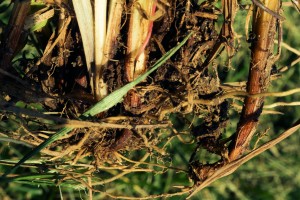
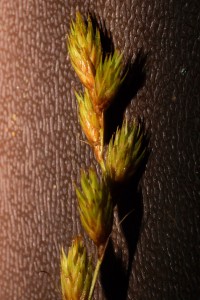

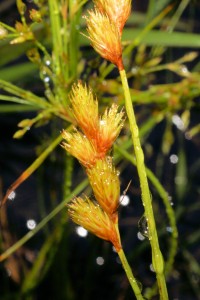

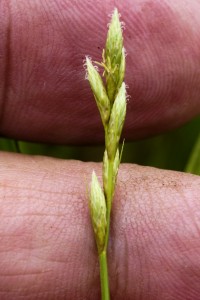
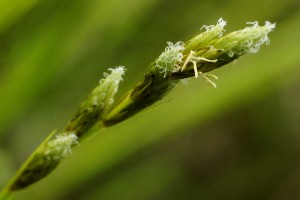


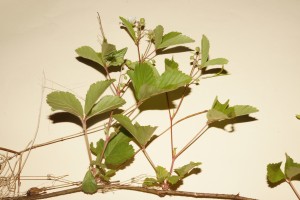

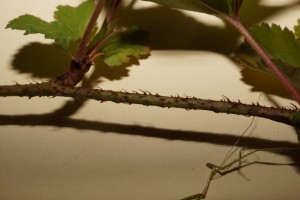

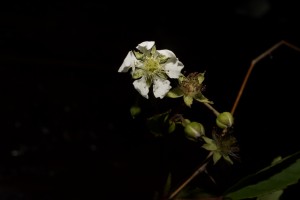
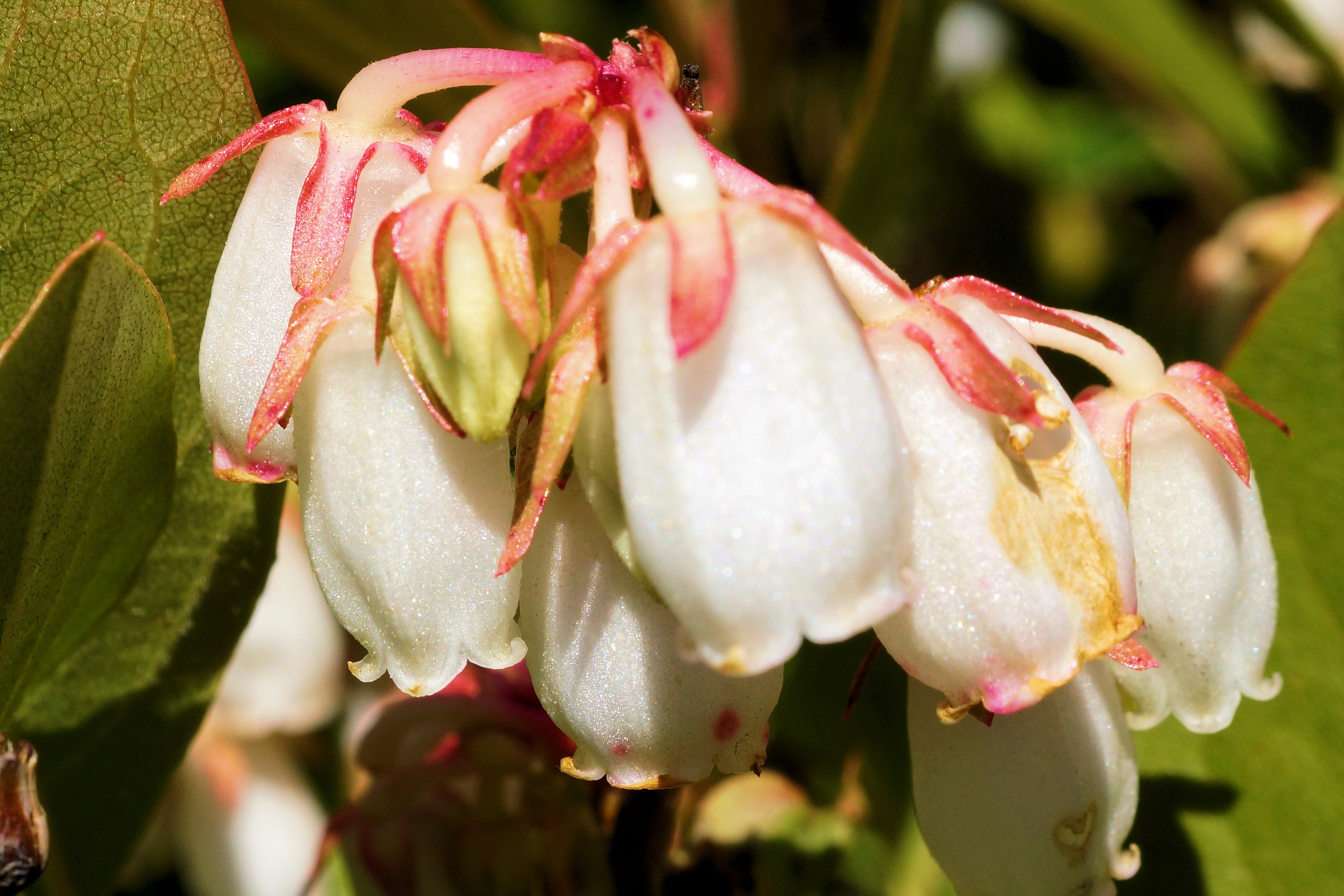


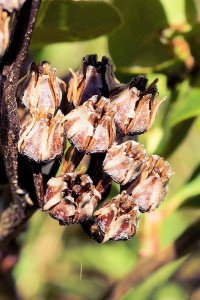
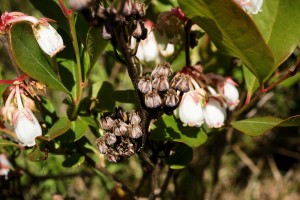

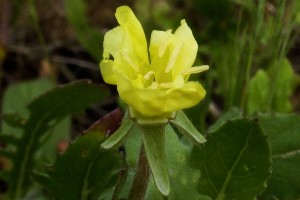
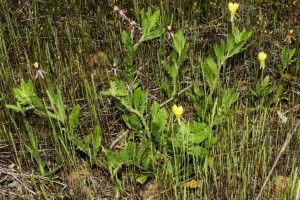
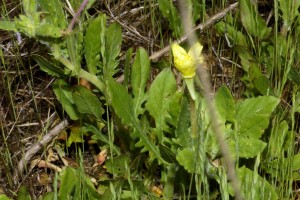
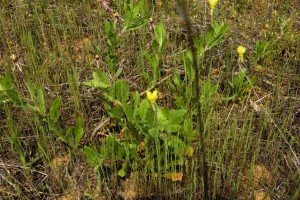
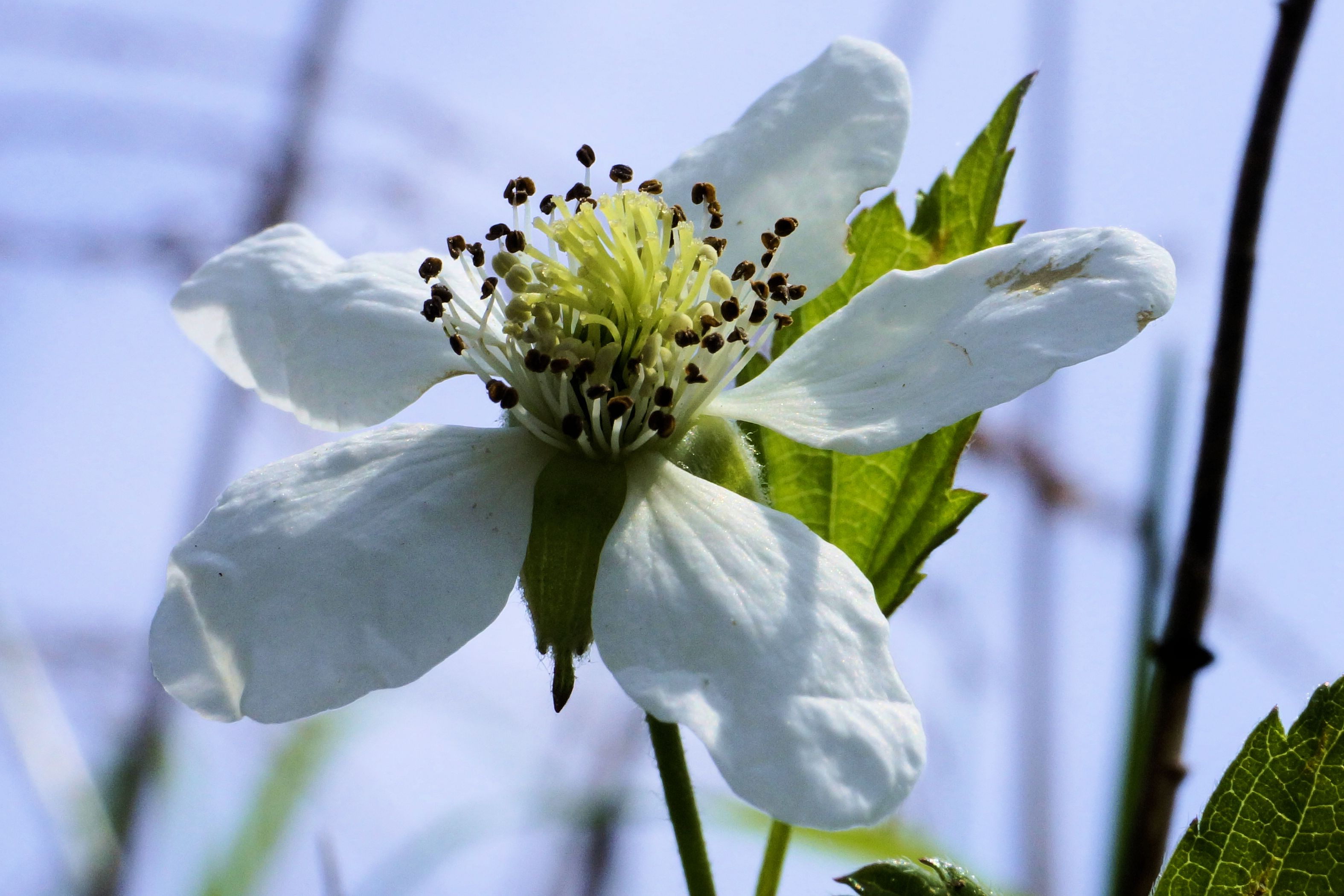

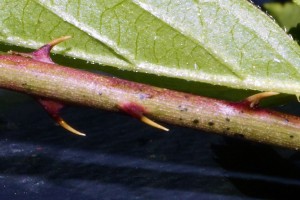
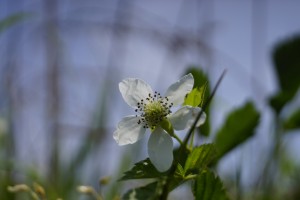
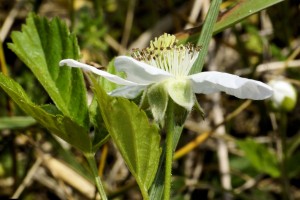

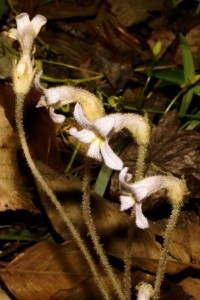


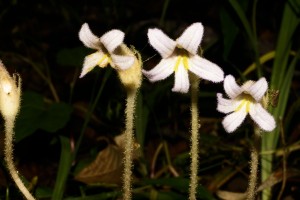
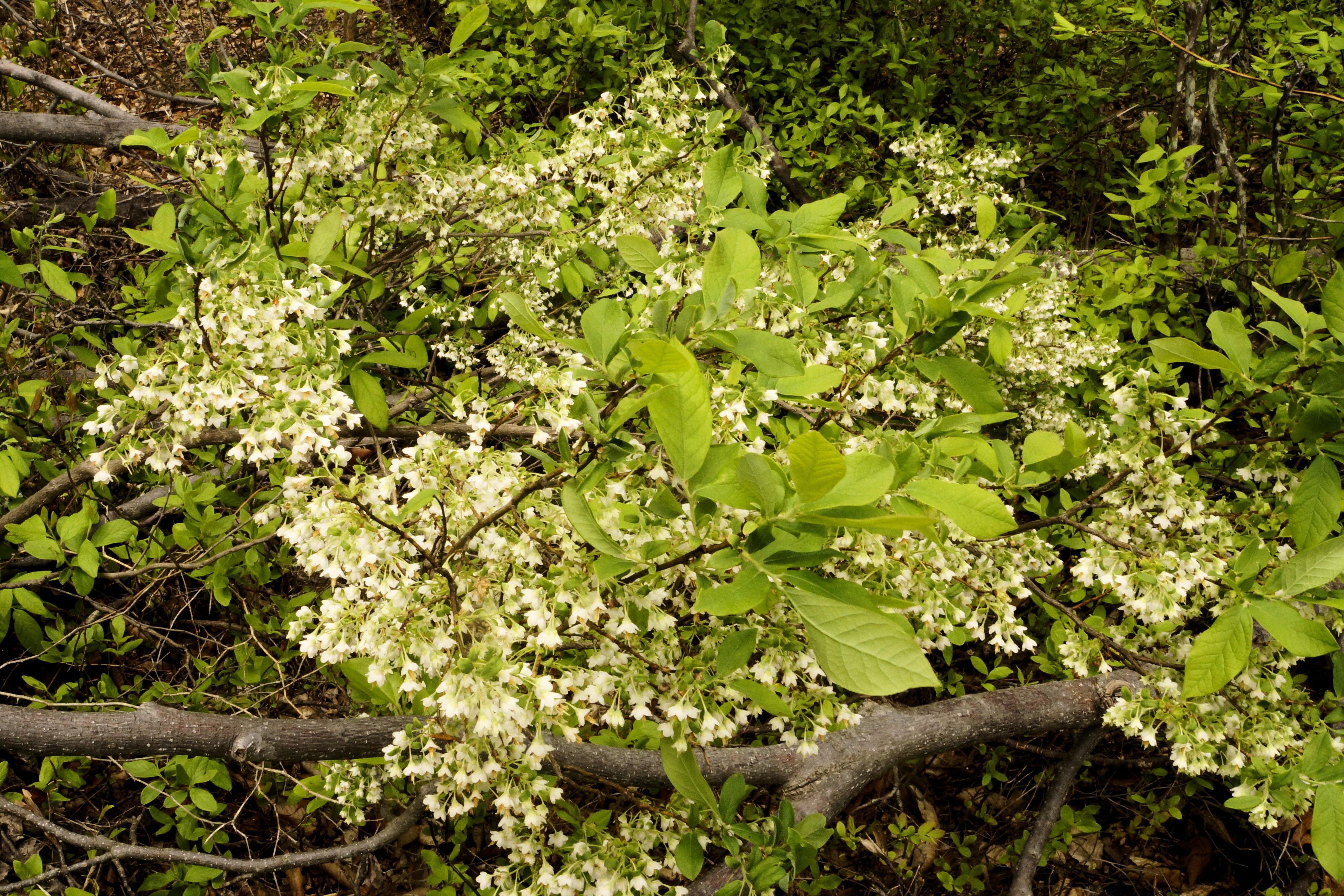
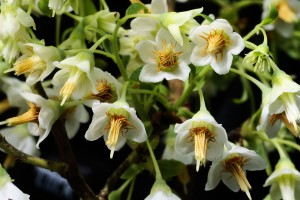
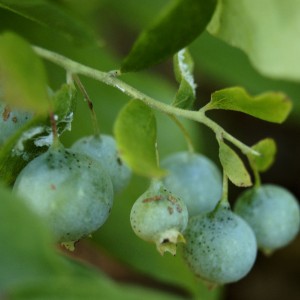

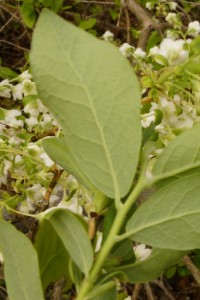
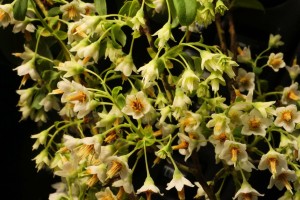
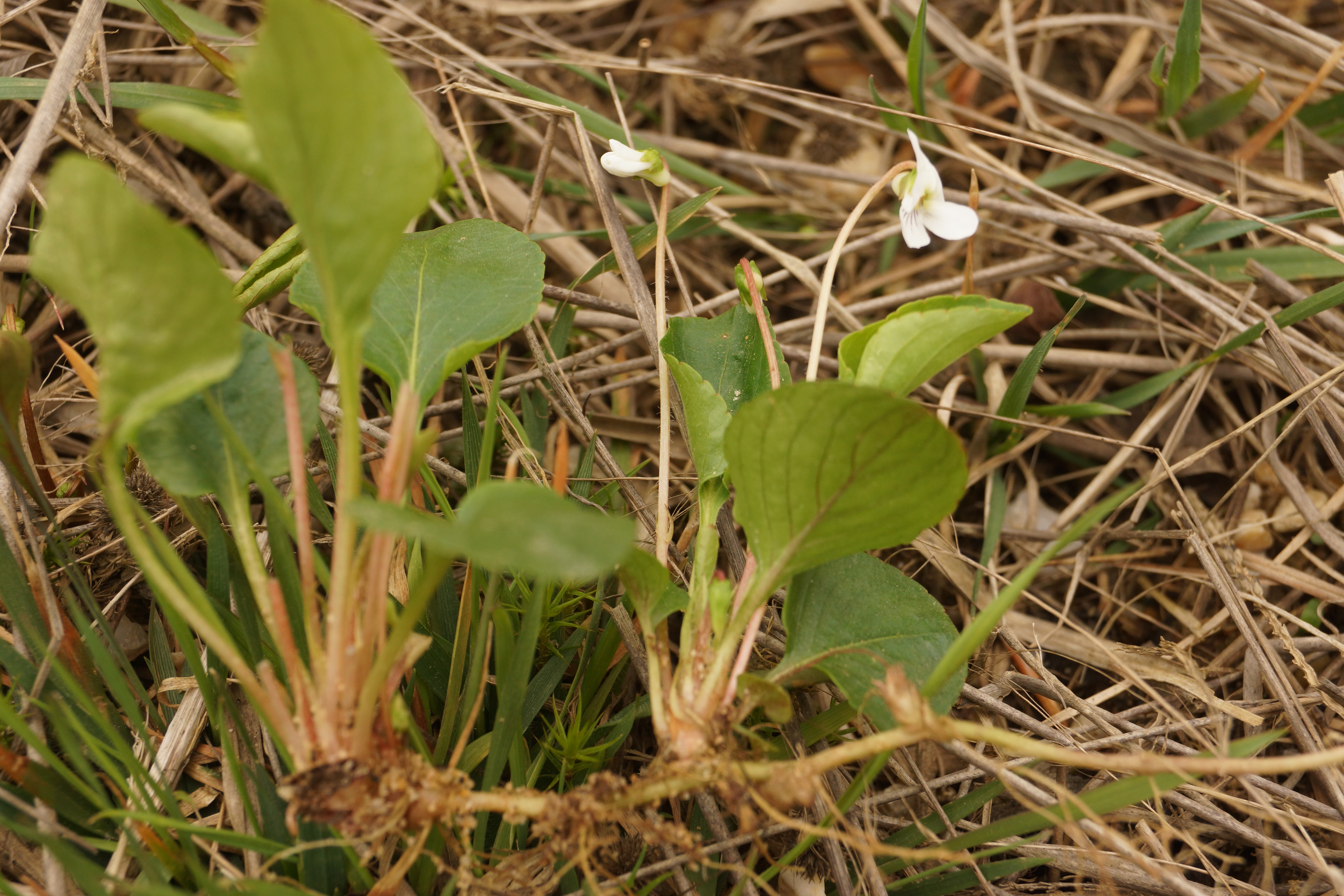
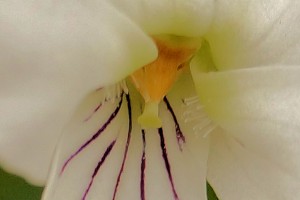
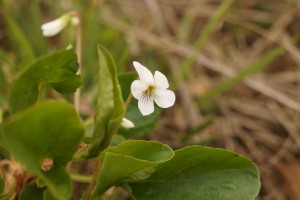
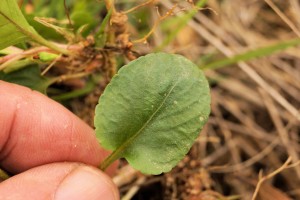

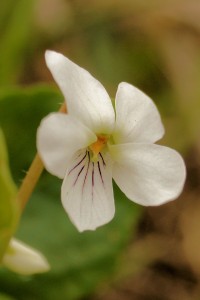
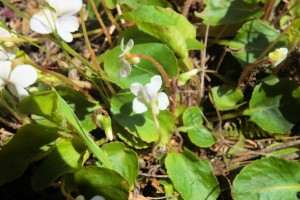

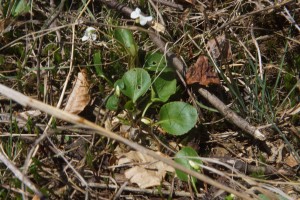
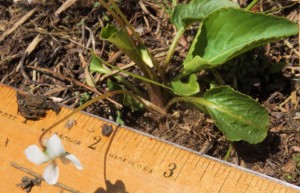
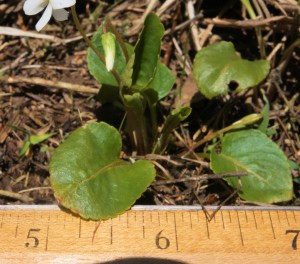
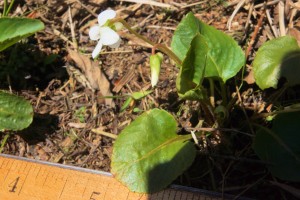
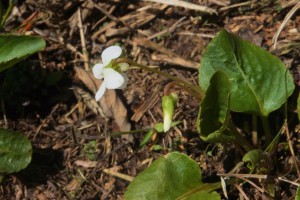
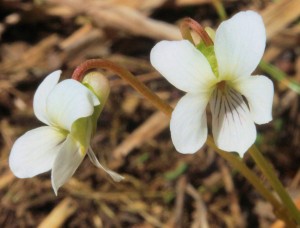

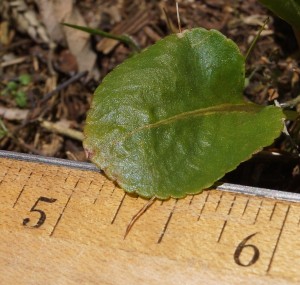
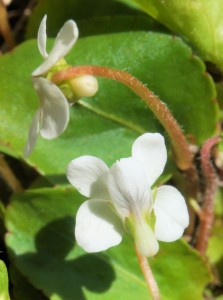

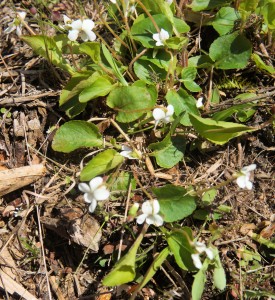
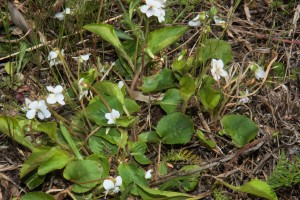
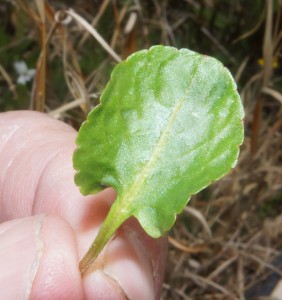
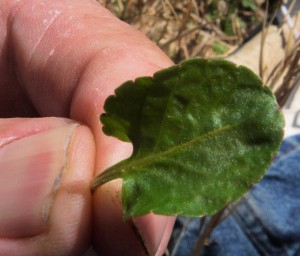
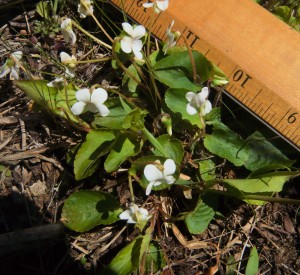


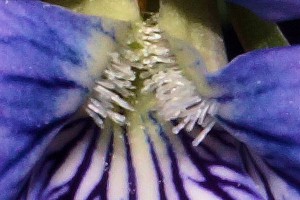
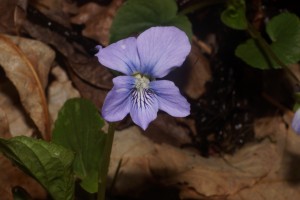
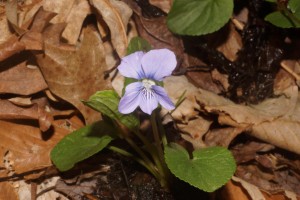
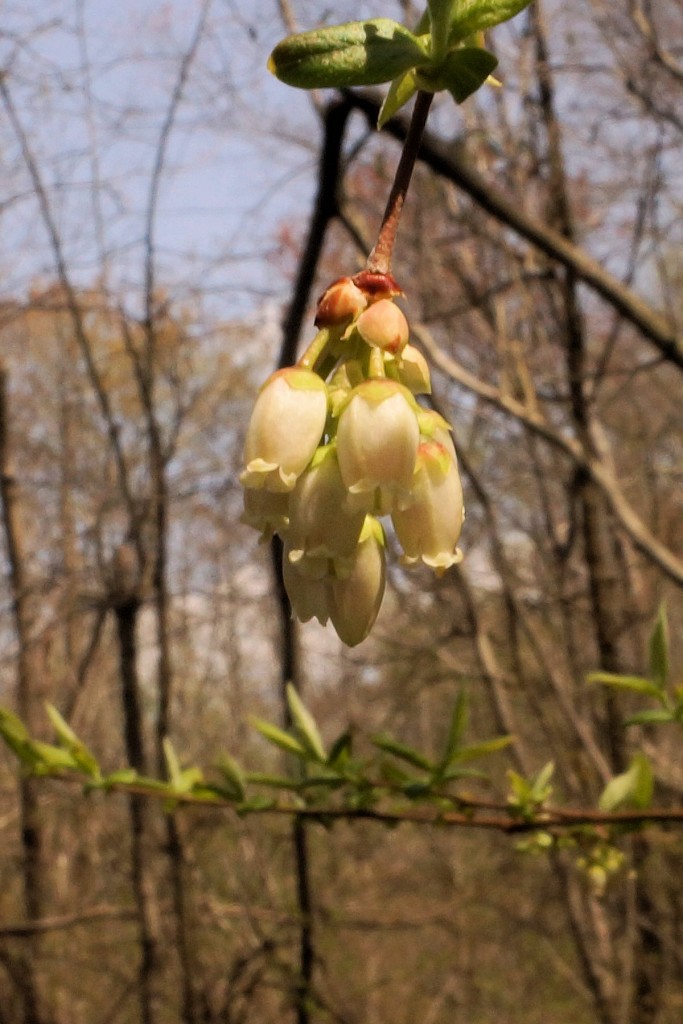
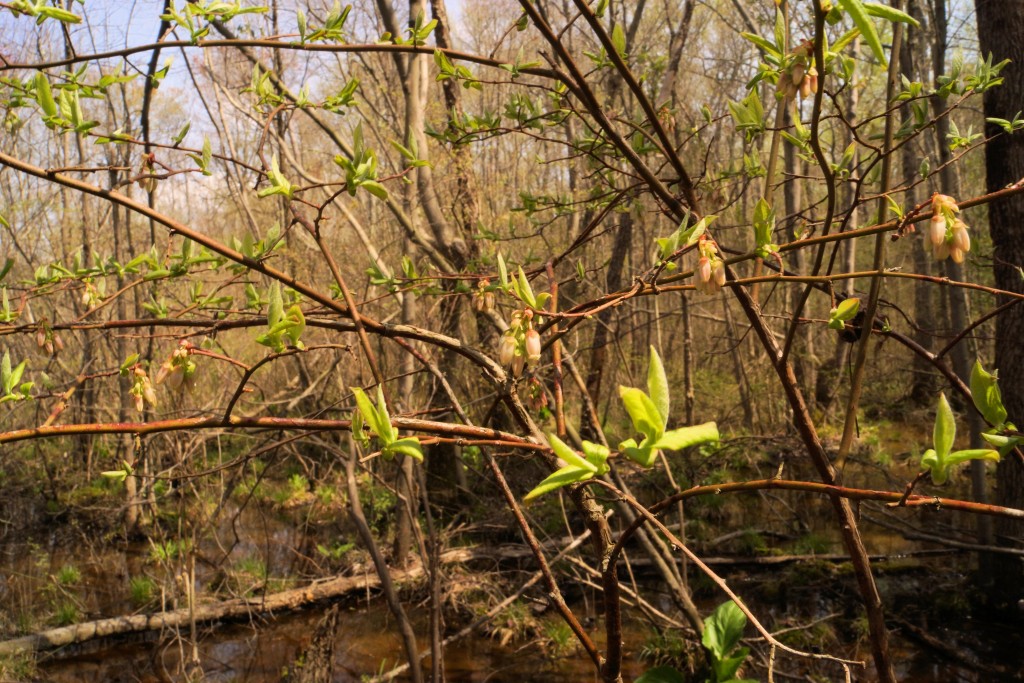
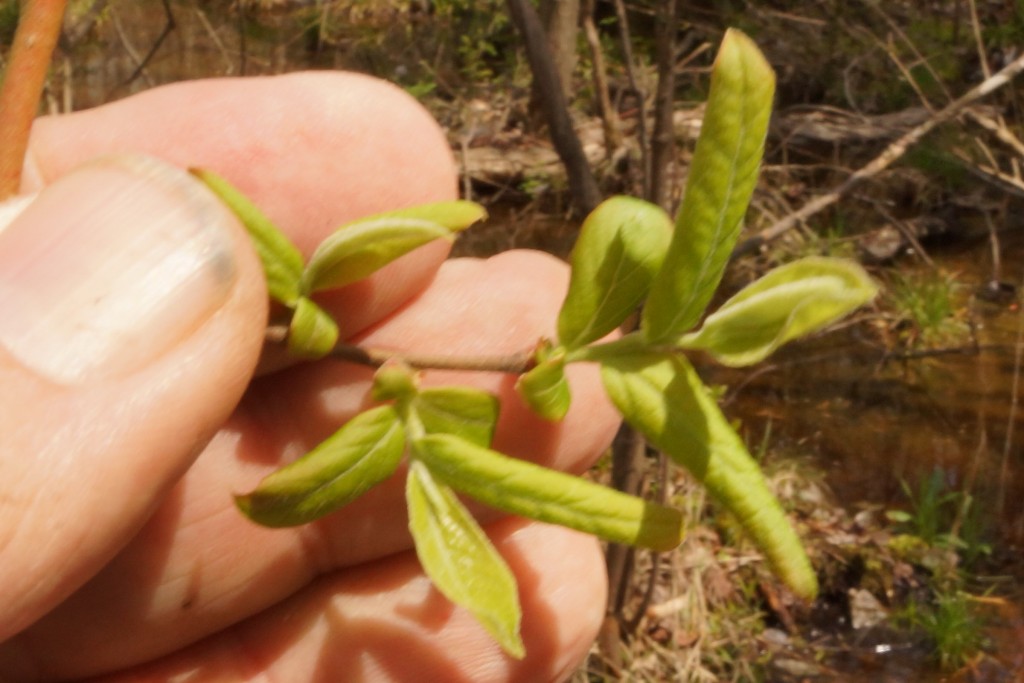
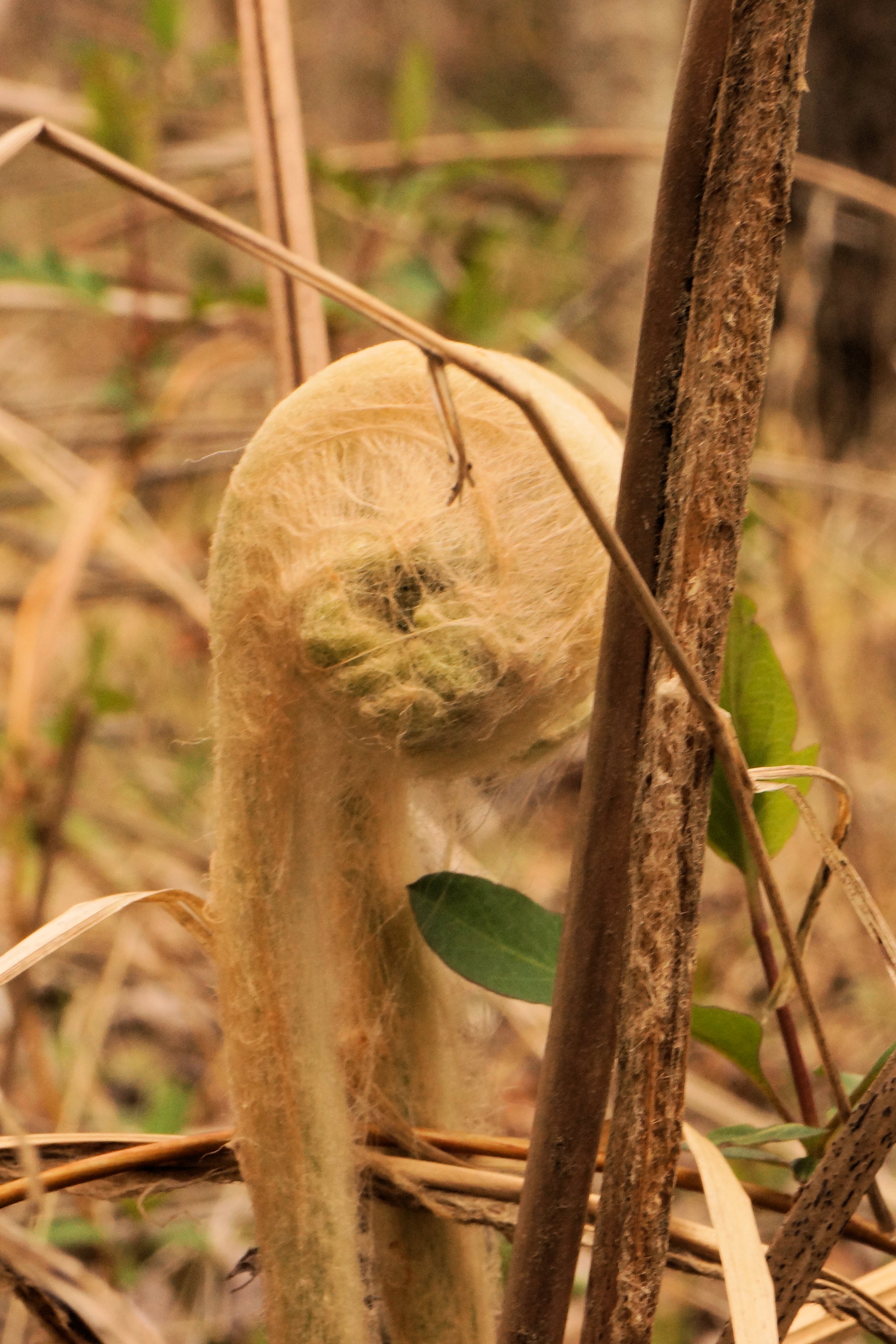
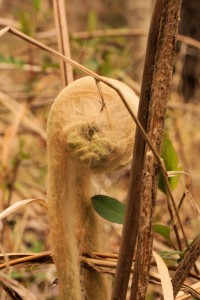

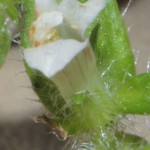
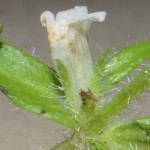

 The oak-rich Patuxent Research Refuge has 16 native oak species, one naturalized exotic oak species, and at least ten types of trees that are regarded as oak hybrids. The reason so many oaks species call the Refuge their home is due to the Refuge location near the Fall Line between the Coastal Plain and the Piedmont and at the same time, it is at a crossroads between northern and southern species of oak.
The oak-rich Patuxent Research Refuge has 16 native oak species, one naturalized exotic oak species, and at least ten types of trees that are regarded as oak hybrids. The reason so many oaks species call the Refuge their home is due to the Refuge location near the Fall Line between the Coastal Plain and the Piedmont and at the same time, it is at a crossroads between northern and southern species of oak.




